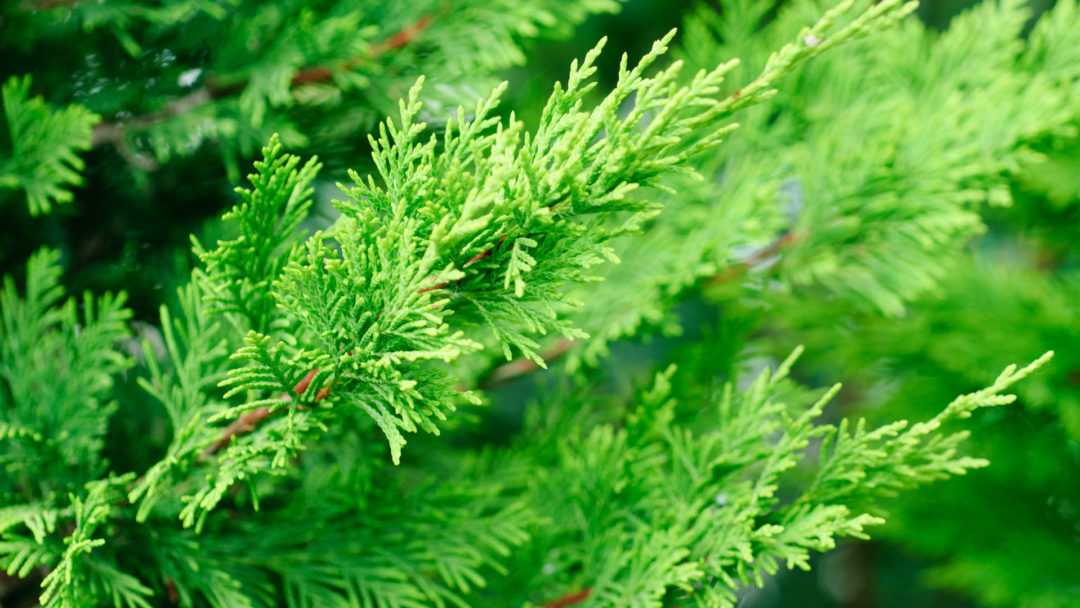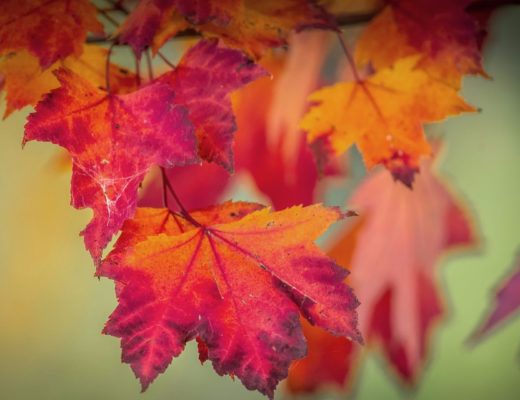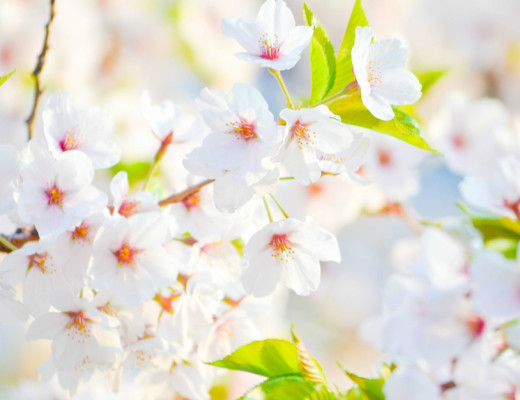x Cupressocyparis leylandii
Seven hundred fifty years ago, a wealthy Englishman in Wales imported trees from the Pacific coast of the U.S. to add to his collection of trees from around the world. A Monterey cypress (Cupressus macrocarpa) from California and an Alaskan Cedar (Cupressus nootkatensis) —a cedar-like tree found in the forests of northwest North America.
The Discovery
In their natural habitat, the two trees grow hundreds of miles apart, with no chance of crossing paths. But when the trees were planted near each other on John Naylor’s estate, nature took its course. Pollen from the Monterey cypress landed on the cone of the Alaskan Cedar, pollinating its flowers. Christopher Leyland, Naylor’s brother-in-law noticed the seedlings were different, but still shared resemblance to their parent trees.
So, in 1888, Leyland planted six of the seedlings on his own estate, Haggerston Castle — where five of them still stand today. Two decades after he transplanted the cross-bred seeds, another cross-pollination took place, but this time the pollen from an Alaskan Cedar fertilized the flowers of the Monterey cypress. This cross breed was even more interesting than the first. These ‘new’ trees were fast growing, hardier and more attractive. Thus, the Leyland cypress was born.
Then, in 1941 root cuttings from the new hybrid made their way to the western U.S. But another 24 years would pass before there was any stir in the nursery industry. Once word of this new, tougher, hybrid spread, it began to pop up around the country.
The Leyland cypress became popular on Christmas tree farms, boundary lines, windbreaks and urban landscape settings. It is a popular evergreen because of its dense foliage, ability to grow in tight places and its salt tolerance. It has even inspired many other cultivars.
A Turn of Events…
However, the wide-spread popularity that made the Leyland cypress one of the most sought-after landscape trees has come back to haunt it. Because the tree is planted everywhere, it has also developed serious pest problems and disease, as is common with any species that is over-planted (hence the importance of planting diverse tree species).
Some problems are avoidable and result from improper planting and care, such as planting in poorly drained or wet soils, or in the shade. The Leyland cypress requires full sun to grow, when planted in the shade it thins out and loses its lower branches. And wet soils can lead to root rot and other diseases.
As with planting any tree, select a species that is viable in your area and has the proper conditions to thrive. Our hardiness zone lookup will give you your hardiness zone, so you can be sure you’re planting compatible species. And remember to plant different tree species to decrease the possibility of pests and disease overtaking your trees.





Bad tree dies after reaching beautiful stage. Borers get to it and no cure in CA anyway. Don’t plant it but mix up other cypresses do better, diversify but I wouldn’t include Leyland anymore.